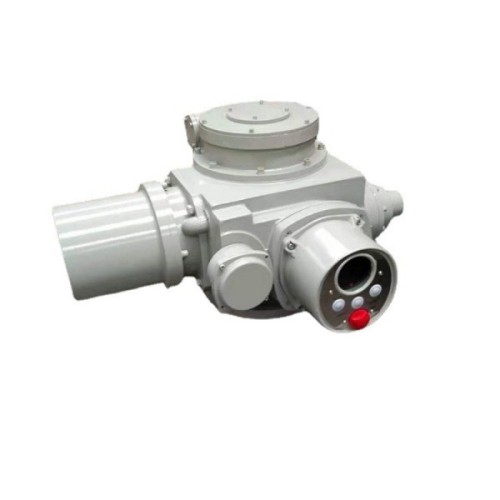cast iron plug valve
Understanding Cast Iron Plug Valves A Comprehensive Overview
Cast iron plug valves are essential components in various industrial applications, renowned for their durability, reliability, and efficiency in controlling the flow of fluids. This article delves into the intricacies of cast iron plug valves, their working mechanisms, advantages, and common applications.
What is a Cast Iron Plug Valve?
A plug valve is a type of quarter-turn valve that utilizes a cylindrical or conical plug to regulate fluid flow. The plug features a hole through its center, allowing fluid to flow through when aligned with the pipe. As the plug is rotated, the flow is either enhanced or entirely blocked, making it a straightforward and efficient method of controlling fluid movement. Cast iron is a popular material for manufacturing these valves due to its excellent strength-to-weight ratio and resistance to wear and corrosion.
Construction and Design
Cast iron plug valves typically consist of a few key components the valve body, the plug, and the actuator mechanism.
1. Valve Body The body is usually made of cast iron, which provides structural integrity and can withstand high pressures. 2. Plug The plug can be either cylindrical or tapered and is designed to fit snugly within the valve body. Its design ensures that when rotated, it either opens or closes the flow path effectively. 3. Actuator The actuator, which can be manual or automated, allows operators to rotate the plug quickly and smoothly to adjust the flow.
Advantages of Cast Iron Plug Valves
cast iron plug valve

One of the primary advantages of using cast iron plug valves is their robust construction. Cast iron is not only strong but also capable of withstanding extreme temperatures and pressures, making these valves suitable for demanding environments.
Another key benefit is the ease of operation. The quarter-turn mechanism allows for rapid opening and closing, which is critical in processes requiring immediate flow control. Additionally, plug valves provide a tight seal when closed, minimizing the risk of leaks.
Cast iron plug valves are also relatively low maintenance, which is a crucial factor for industries aiming to reduce downtime and operational costs. Their simple design with fewer moving parts translates to less wear and tear over time.
Common Applications
Cast iron plug valves are utilized across various industries, including
1. Water and Wastewater Management They play a critical role in controlling water distribution and wastewater treatment processes. 2. Oil and Gas Industry Plug valves are often used in pipelines and refineries for fluid control, thanks to their reliability under high-pressure conditions. 3. Chemical Processing Their ability to handle corrosive substances makes them ideal for numerous chemical applications. 4. Power Generation In power plants, they regulate the flow of cooling water and other essential fluids.
Conclusion
In summary, cast iron plug valves are crucial components in various industrial systems, offering a combination of durability, efficiency, and ease of use. Their robust construction and effectiveness in controlling fluid flow make them an ideal choice for many demanding applications. Understanding the characteristics and advantages of cast iron plug valves equips industry professionals with the knowledge needed to select the right equipment for their fluid management needs. As technology evolves, these valves will continue to play a vital role in ensuring the efficient operation of numerous infrastructures, from municipal water systems to expansive industrial plants.
-
The Key to Fluid Control: Exploring the Advantages of Ball Valves in Industrial SystemsNewsJul.09,2025
-
The Versatile World of 1, 2, and 3 Piece Ball ValvesNewsJul.09,2025
-
Stainless Steel Ball Valves: The Ideal Choice for Efficient Flow ControlNewsJul.09,2025
-
Optimizing Fluid Control with Ball Float ValvesNewsJul.09,2025
-
Manual Gate Valves: Essential for Control and EfficiencyNewsJul.09,2025
-
Everything You Need to Know About Butterfly ValvesNewsJul.09,2025
-
The Versatility of Wafer Type Butterfly ValvesNewsJul.08,2025




